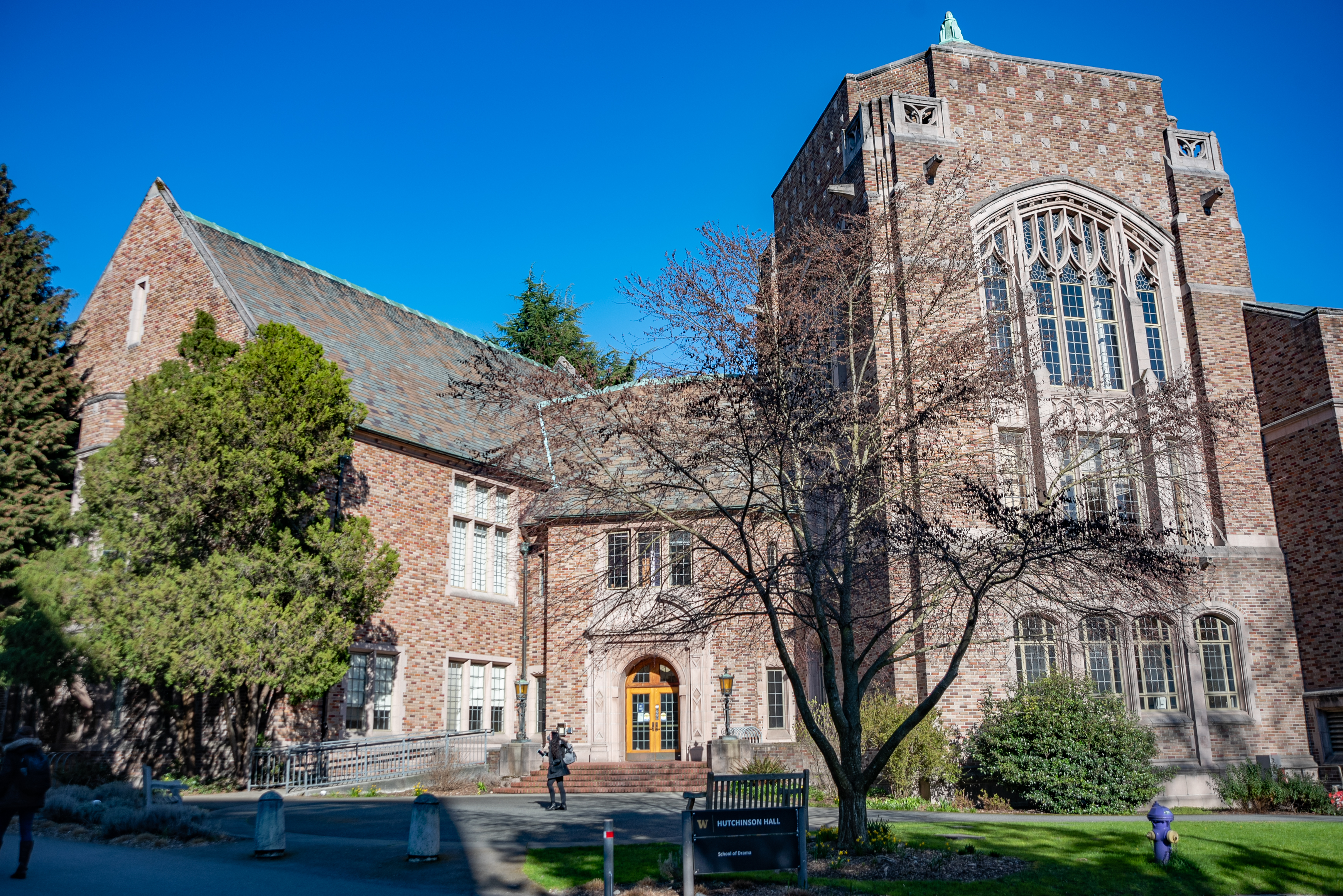Although solo performance has appeared sporadically on commercial American stages since colonial times, it was during the second decade of the twentieth century that the practice really began to flourish. At that time the practice was dominated by women. This is unusual, for women were still objectified on most stages and in other areas of theatre production they were marginalized and discriminated against. At such a time how could women have come to dominate a theatrical form that rested on the autonomy, artistry, and authority of a single individual? How was it possible that women dominated this practice just as it was establishing itself in America? This study answers that question. Using principles of feminist historiography, this study treats solo performance as an activity that is not restricted to theater or even drama but which exists in various settings throughout the culture. It traces women's participation in this activity back to their involvement in early education, as women came to dominate the teaching profession in nineteenth century America and established the first culturally acceptable venue for the public performance of female authority. The solitary nature of this performance was essential to its acceptance and instrumental in subsequent conceptions of female authority, autonomy, and agency. As women became more culturally and politically active women abolitionists, suffragists, and temperance advocates took the performance skills that had been developed in the classrooms and brought them into the streets, lecture halls, and women's clubs. Women writers and elocutionists took them to the lyceums and Chautauquas. All of these diverse venues provided women with opportunities to engage in solo performance and to develop unique performance practices. These practices were successfully brought into the commercial theatres in 1920, when Ruth Draper, who had been performing for years, was finally invited to perform on commercial theatrical stages. It is no coincidence that this is the same year in which women's fight for equal suffrage came to fruition with the ratification of the nineteenth amendment to the Constitution. This tradition of performance emerged in tandem with women's fight for equal rights. Indeed, the movements are inextricably linked.
Dawson, Gregory. The nineteenth century origins of feminist solo performance. 2004. University of Washington, PhD dissertation.
Adviser
